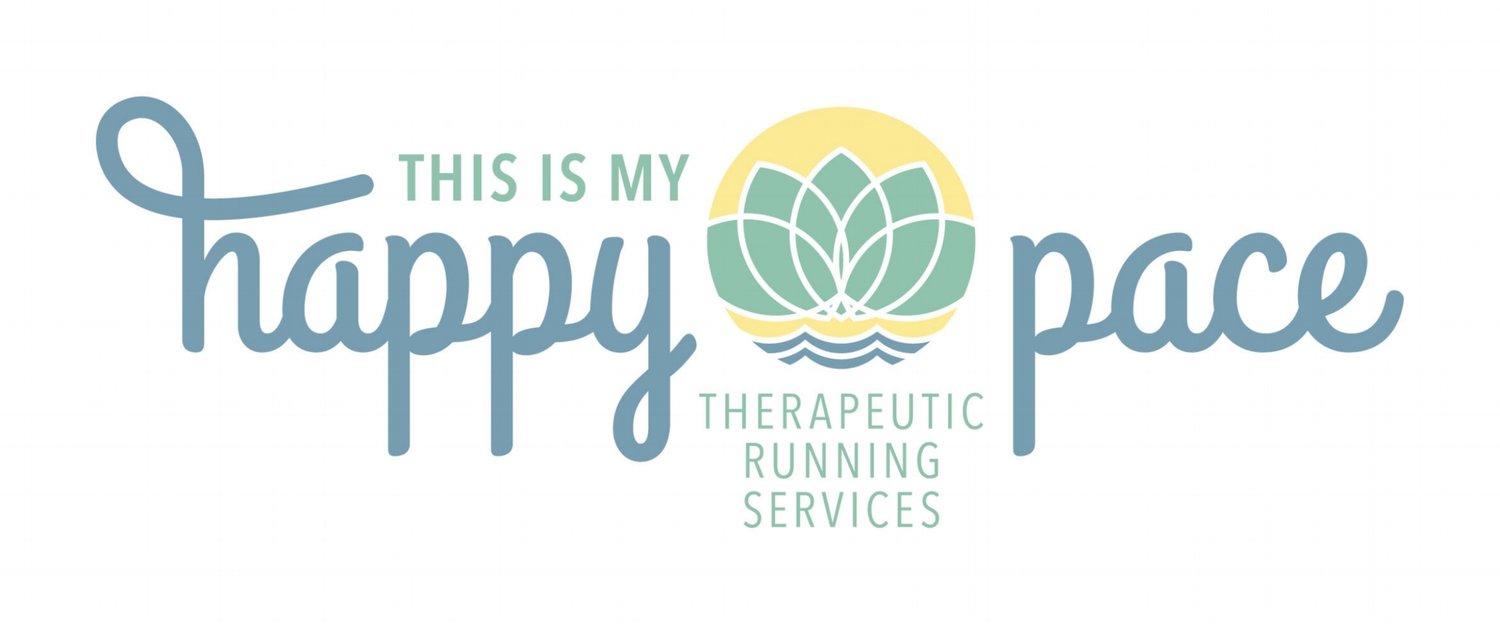I’ve been running for longer than I have been a psychologist, and my love affair with the sport personally began as a way to blow off steam from days of term papers, impatient restaurant customers, and tough, tear-filled sessions with the kids at the mental health center. I had no idea what the path ahead of me held when I laced up that first pair of Asics one morning in my 20’s. My first strides took place on the roads near my home, a couple of miles on the dirt road on a warm summer evening or looping the paved roads through the neighborhood after work. As my running shoes grew into a source of comfort and calm for me, I extended my goals for distance hoping to achieve the glory of the half marathon distance (13.1 miles). One year after doing so, full of self-doubt and anxiety, I set my sights on a full marathon, and well, the rest is history. I completed my 37th marathon last weekend, and have qualified for the Boston Marathon nine times to date! Running is now MY HAPPY PLACE and is both my favorite and preferred coping strategy. You will find me out there with the postal workers: rain, snow, sleet, or cold temps. My run is as much of a part of my day as is my breakfast or a good night’s sleep.
I have been in practice as a psychologist for over nine years, and until recently, I did not consider weaving my passion for running into my profession. I have become accustomed to sitting in my chair across from my clients discussing their trials and tribulations, assessing symptoms, and intervening with the skills gleaned through many years of graduate school and clinical training. As I have gained experience, I find myself working to motivate my clients toward movement as a way of regulating mood and managing anxiety. It is not uncommon, however, for clients to struggle with following through with goals for independent exercise or movement in the time between therapy sessions. I also recognized the impact of sedentariness on my mind and energy as a therapist. After a particularly grueling and emotional day of back-to-back clients with varying stages of “stuckness”, as I like to call it, I experienced the biggest “Ahh ha” moment of my career! Why not move with them DURING the session?! It seems like a natural solution from where I stand now, but it’s certainly a big step outside the psychotherapy box.
There are a handful of running therapy practices on the West Coast and in Canada, but none that I have found on the Eastern side of the country. I began seeking consultation and spent many of my own miles formulating my vision for This Is My Happy Pace: Therapeutic Running Services, PLLC. As my practice has developed, the fusion of running (or walking) with therapy becomes an obvious choice. Here’s why! For starters, how many clients struggle with the awkwardness and intimation of pouring their deepest secrets out to a perfect stranger as that stranger sits directly across from them nodding encouragingly with an intense look of concern on his or her face? As I mentioned previously, how many clients struggle to find the motivation and accountability to start moving as many therapists recommend through the approach of behavioral activation for the treatment of depression? Furthermore, what happens in the brain during exercise and activation can naturally enhance an individual’s ability to access emotion, process experience, and cope with distress. And finally, what better way to practice mindfulness and connection to the body than during activity within which you are utilizing the physical self? Running/ walking therapy sessions actively incorporate the body in a way that traditional talk therapy sessions generally do not.
After starting This Is My Happy Pace: Therapeutic Running Therapy practice just two months ago, I am already stunned by the pace of change I am observing in my clients. Running/ walking sessions have the potential to expedite progress and recovery, and create pathways toward lasting change in a way that my experience with talk or play therapy cannot compare. I will be gathering data to support its effectiveness in hopes of establishing running/ walking therapy as an evidence-based practice. An active approach to therapy like running/ walking therapy may just be what clients need to move through their barriers and start finding a happier pace than the one to which they’ve become accustomed.

